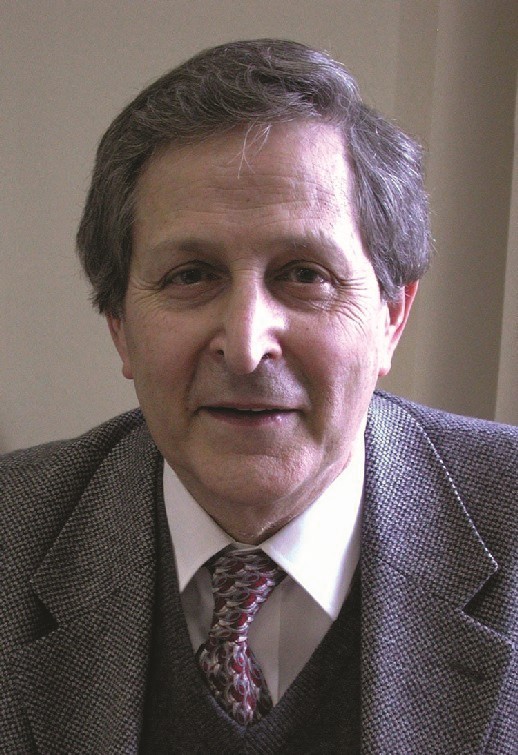Claude Cohen-Tannoudji

Nobel Laureate and OSA Honorary Member Claude Cohen-Tannoudji was born on 1 April 1933 in Constantine, Algeria. He completed his early education in Algiers and traveled to Paris in 1953 to attend the École Normale Supérieure (ENS). Cohen-Tannoudji found the lectures by Alfred Kastler so stimulating that he decided to focus his studies on physics.
When Cohen-Tannoudji joined Kastler's small group, he found their enthusiasm great but their equipment resources limited. During the summer of 1955, Cohen-Tannoudji spent two months at Les Houches summer school in the Alps. This school contributed greatly to the development of theoretical physics in France.
After graduating from the ENS, Cohen-Tannoudji served in the military and studied the upper atmosphere using rockets that released sodium clouds at sunset. Upon discharge from the service in 1960, Cohen-Tannoudji returned to Kastler’s laboratory for doctoral research under the supervision of Kastler and Jean Brossel. This work led to an understanding of the optical effect known as light shift or the optical Stark shift.
After Cohen-Tannoudji received his Ph.D. in 1962, Kastler urged him to accept a teaching position at the University of Paris. Cohen-Tannoudji did so and began teaching quantum mechanics. In 1973, he received a professorship at the Collège de France. Part of this teaching experience led to books on quantum electrodynamics and quantum optics written with Jacques Dupont-Roc and Gilbert Grynberg.
In the early 1980s, Cohen-Tannoudji chose to lecture on radiative forces, an emerging field at the time. In 1984 he formed a new experimental group on laser cooling and trapping. This group began to investigate a new mechanism to slow and hold atoms in place. The scheme was the first high intensity version of what is called now referred to as "Sisyphus cooling." The group also observed the channeling of atoms at the nodes or antinodes of a standing wave. This was the first demonstration of laser confinement of neutral atoms in optical-wavelength-size regions.
A few years later, in 1988, when sub-Doppler temperatures were observed by collaborator Bill Phillips, Cohen-Tannoudji’s group was able to explain anomalous low temperatures they observed. A series of experiments with Alain Aspect and Ennio Arimondo allowed the researchers to demonstrate a new cooling scheme with no lower limit. These developments opened the microKelvin and even the nanoKelvin range to laser cooling. In 1995 the researchers cooled helium atoms to within eighteen-millionths of a degree above absolute zero (-273.15 °C, or -459.67 °F), with a corresponding speed of about two centimeters per second.
He was awarded the Nobel Prize in physics in 1997 "for the development of methods to cool and trap atoms with laser light," shared with Steven Chu and William Daniel Phillips. Cohen-Tannoudji was the first physics Nobel prize winner born in an Arab country.
In 2002, Cohen-Tannoudji, was named an Honorary Member of the Optical Society for outstanding leadership in quantum optics, from initial studies of optical pumping, through seminal work on sub-Doppler limit laser cooling.
Cohen-Tannoudji has received numerous awards for his work including the Nobel Prize for Physics, the CNRS Gold Medal, the APS Lilienfeld Prize, and OSA’s Townes Award. He is a member of the French Academy of Sciences and has over 200 publications relating to quantum mechanics, quantum optics, and laser cooling.
I believe that science is not simply a matter of exploring new horizons. One must also make the new knowledge readily available .. of such a pedagogical effort.
Document Created: 26 Jul 2023
Last Updated: 28 Aug 2023
